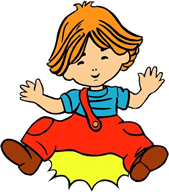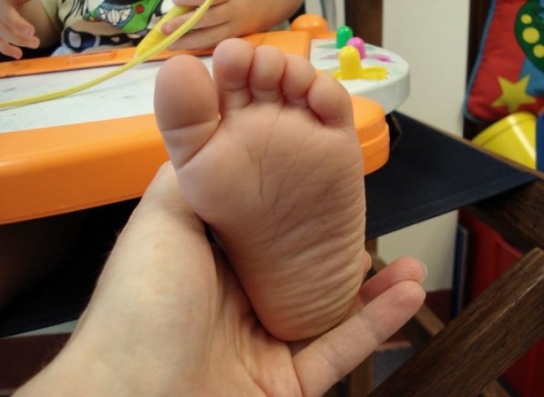
News
Why do we use shoes?
The human foot is a complex operating structure whose physical and mechanical properties are the result of extensive specialization of progress and adaptation to the mechanical properties of soil in which humankind has walked during its evolution and cultural expansion.
The need to protect feet from environmental, mechanical and thermal, the aggressiveness of urban pavements and habits imposed by society makes us absolutely dependent footwear. This need walking shoes causes a decrease of direct stimuli from the natural terrain. For this reason, the physical and mechanical properties of the foot have been changing, so for example, the formidable pad beneath the heel bone and the thick epidermis covering the sole of the foot have been losing consistency, as far as the man walks less and almost never do so barefoot.



 Español
Español
